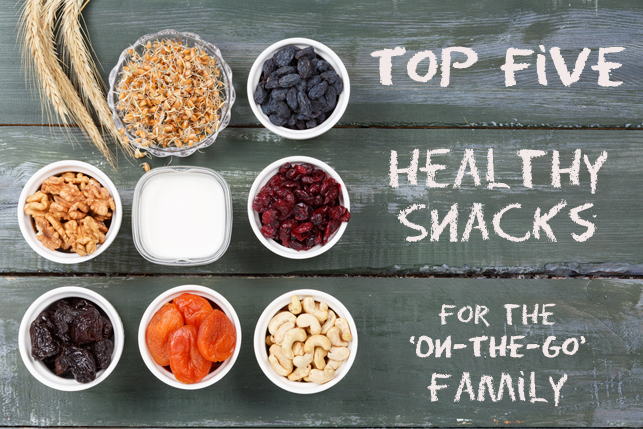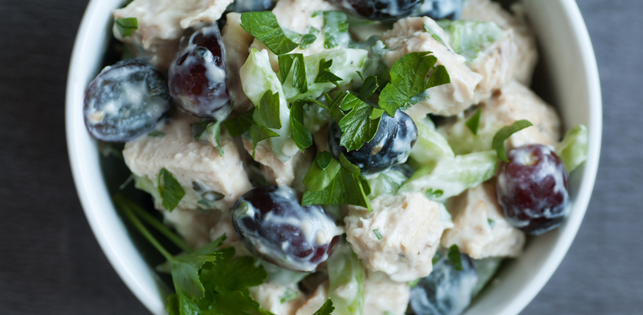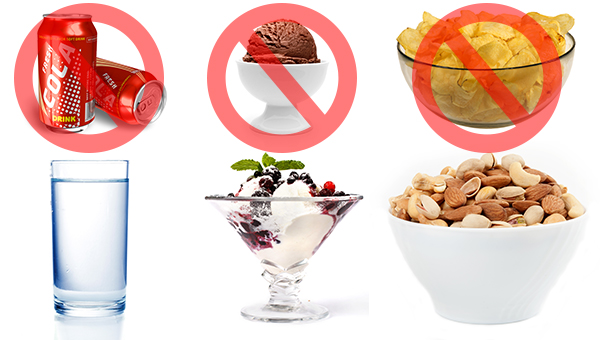
Thanksgiving is here, and with it comes a swath of seasonal treats that are usually enjoyed just once a year. Besides visiting family, Thanksgiving is a time for eating, and eating well. As your family enjoys this time together, keep your eyes out for a few Thanksgiving dishes that can harm your teeth, and turn your relaxing time off into a real tooth-ache.
Cranberry Sauce
Cranberry sauce is a Thanksgiving staple in many households, and seldom appears on dinner tables outside of turkey day. Despite its tart deliciousness, cranberry sauce is packed with sugar and offers little nutritional value at all. In fact, one of the most popular choices for cranberry sauce –canned cranberry sauce – has 121 grams of sugar per can, and no protein or fiber at all. All of that sugar provides nourishment and energy to bad oral bacteria that cause cavities.
As an alternative, try finding a recipe that calls for fresh cranberries, so that you can control the amount of sugar your family consumes this holiday season.

Stuffing
Stuffing is another Thanksgiving classic that can really harm teeth. That’s because most stuffing recipes revolve around bread. Starches like bread provide cavity-causing bacteria the energy they need to chip away at tooth enamel. Additionally, starches can be very sticky and stay on teeth long after a meal has finished, and cause further damage. The high amount of starch sadly makes stuffing unhealthy for teeth. Combined with the fact that stuffing is full of carbohydrates and lacks dense nutritional value, and you begin running out of reasons to eat it.

Try getting your stuffing fix by making a tooth-healthy breadless stuffing that uses beans instead of bread as a base! Beans are full of protein and fiber, which makes it a much healthier replacement for bread in stuffing recipes.
Fruit Cake
A seasonal favorite that appears on tables between Thanksgiving and Christmas, fruitcake sounds like it would be a healthy treat, the word “fruit” is right in the name after all! Unfortunately, fruitcake is full dried fruit, which can really damage teeth. Dried fruit contains much higher levels of sugar than their natural counterparts, and none of the water that helps make fruit so healthy. Dried fruit is also very sticky, and can stay on teeth longer after a meal in done. The sugar and the sticky consistency make fruitcake a no-no for healthy teeth. If you are looking for an alternative, you can make a fresh fruit crumble, which has much less sugar and isn’t nearly as sticky.

Sweet Potato Casserole
Sweet potatoes can be a dental super food that provide valuable vitamins for tooth and gum health, but when prepared improperly, anything can be unhealthy. This is the case for sweet potato casserole, a dish that packs an unhealthy punch to teeth. Most sweet potato casseroles are made to be sweet dishes, rather than savory, and feature a layer of melted marshmallows on top. Because of this, they are loaded with added sugar, which hurts their nutritional value. Marshmallows are particularly bad for teeth, since they are packed with sugar and incredibly sticky – two components that can lead to tooth decay and cavities.
If you really want sweet potato casserole this Thanksgiving, try making a more savory recipe that doesn’t add sugar or marshmallows. Sweet potatoes can be great for oral health, when they’re not drenched in sugar.

Have a Happy Thanksgiving
Whatever you decide to make your family for Thanksgiving dinner, we hope that you have a happy and wonderful holiday. Remind your family to brush twice per day for two minutes per session, and floss once per day to help keep cavities at bay this holiday season.

















